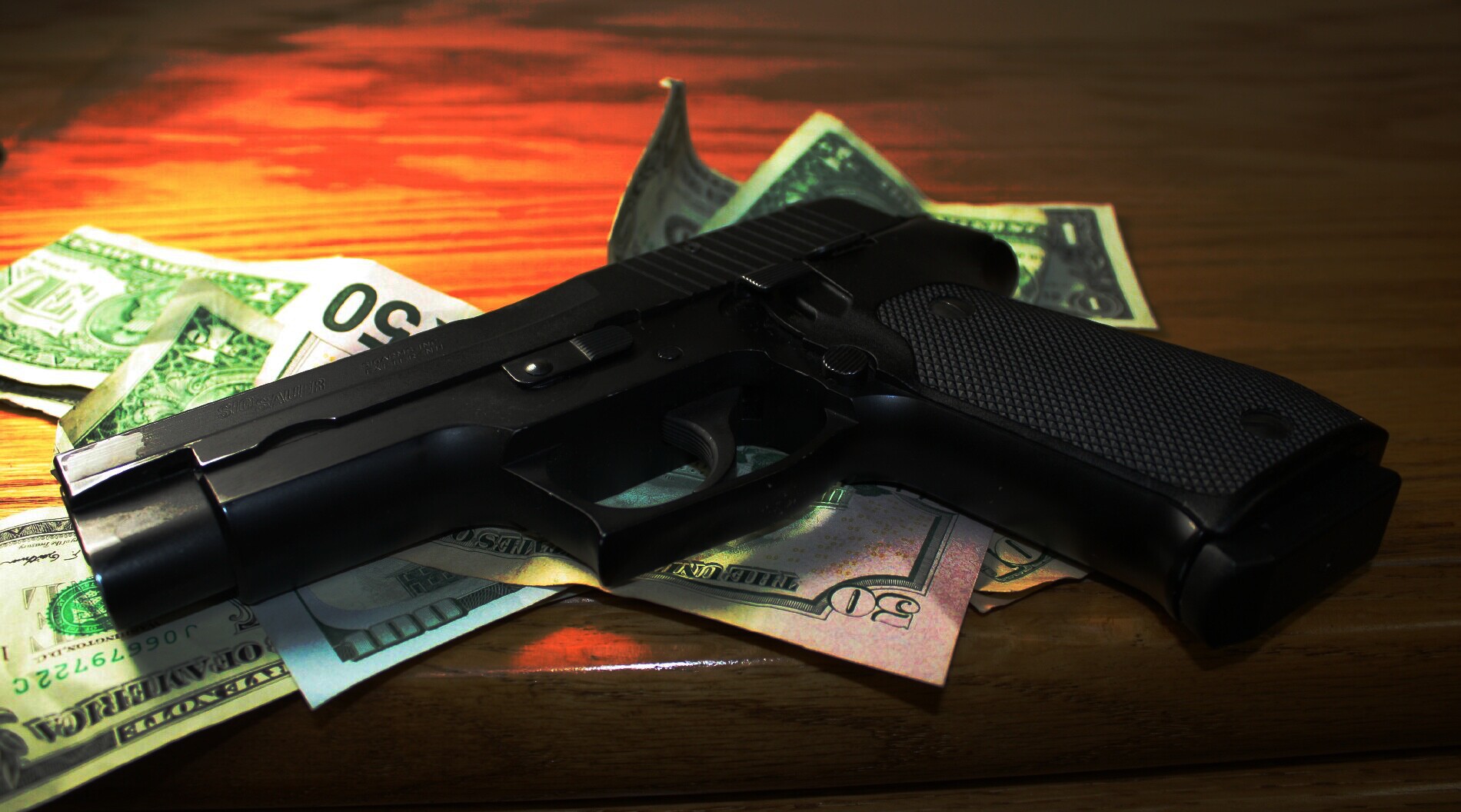
By Dave Workman
Editor-in-Chief
Writing at the Washington Monthly, Gregory Koger, a professor of political science at the University of Miami, suggests it may be time for a “national gun buyback program.”
He offers a strategy, but leaves unanswered one very important question: How can the government “buy back” firearms it never owned in the first place.
Koger advocates for an increase on the excise taxes on firearm purchases. Those taxes were instituted back in 1937 by the Pittman-Robertson Act, also known as the Federal Aid to Wildlife Restoration, a program supported by hunters and recreational shooters. It places an excise tax on firearms and ammunition, with revenues going annually to state fish and wildlife agencies for wildlife restoration and enhancement projects. It has provided hundreds of millions of dollars over the years to state agencies, which often attract matching money from private game conservation organizations such as Ducks Unlimited, the Rocky Mountain Elk Foundation, Ruffed Grouse Society, Mule Deer Foundation and dozens of others.
These funds are for conservation, not to score political points with the gun prohibition lobby and anti-gun politicians on Capitol Hill.
Koger seems to lament that gun ban groups have been going about their prohibition efforts all wrong.
“For decades,” he contends, “federal and state gun policy has focused on regulation: banning private sales of some weapons, restricting who can buy specific weapons, controlling where guns can be carried or fired, and so on. Most of the proposals advocated by reform groups like the Brady Center to Prevent Gun Violence and Everytown for Gun Safety reflect this regulatory approach, which has yielded a significant body of laws, such as prohibiting the sale of automatic (sic) weapons.”
The firearms he mentions are semi-automatic, and wrongly identified as so-called “assault weapons.” The U.S. House recently voted 217-213 to ban these guns, but it is not likely the legislation will pass in the Senate, according to various political pundits.
“Do gun buyback programs work,” Koger asks rhetorically. “Critics point to cities that have purchased weapons and then destroyed them, typically on a short-term basis, with mixed results. However, other countries have national buyback programs that have had greater success. Several studies have confirmed that Australia’s buyback of assault weapons in the 1990s, albeit compulsory, reduced homicides and suicides.”
But wait. The Australian “buy back” was hardly voluntary, much like nearby New Zealand’s more recent program. Critics have called these efforts “compensated confiscation” because the owners didn’t have an option to say “No, thanks.”
Coming up Aug. 13 in Madison, Wis., the Dane County Sheriff’s Office has scheduled a “gun buyback” at the Alliant Energy Center. As noted at Ammoland by writer Dean Weingarten, “Buyback is an Orwellian term. The guns which will be turned in to the police and sheriff deputies at the event were never owned by the government, so they cannot be ‘bought back.’”
Recently, a much different suggestion was published by TGM in reaction to the Greenwood Mall shooting incident in Indiana, where the gunman was fatally shot by a legally-armed private citizen, carrying a handgun in violation of the mall’s “No Weapons” policy. The killer was taken down within a minute, but not before he killed three people and wounded two others. However, local law enforcement hailed the citizen’s actions for preventing further loss of life.
The suggestion, from gun rights leader Alan Gottlieb and journalist Dave Workman, called for an end to “No Weapons” policies at malls and other public venues.
The debate reminds gun owners of the widening gap between them and the movement intent on disarming them.



